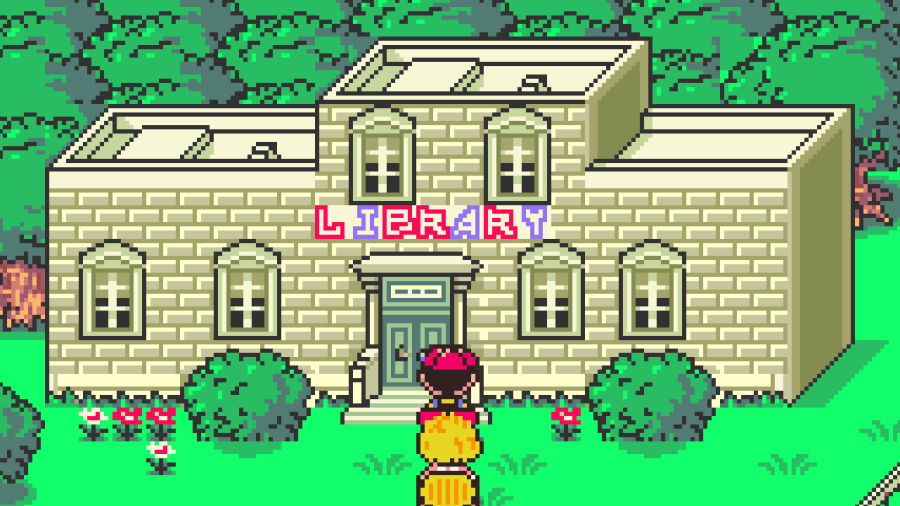Que scais-je?
Love thy neighbor
γνῶθι σαυτόν
--and an American flag as you walk in, a globe, and a bookshelf. Off to one side a coffee table and comfortable chairs and benches, windows, plants, paintings. Magazines and local brochures, picture books scattered about. A dog ambles by, old and good-natured.
More and more the school and the neighborhood take on the same images, the same idea. What motivates one motivates the other—authenticity; responsibility and delight; honesty and respect. The same human weakness afflicts them both in this least human age, at the ebb of our capacities in that regard--we don't know the people around us, don't care about what is not immediately relevant to our narrow sights--put up with bad and evil things silently, hoping to escape, and are bad and evil ourselves if it serves our ends.
The freedom, the flexibility which permits this, in itself good, has not been consolidated with the guidance to make good decisions, now that every choice is open to us--to make us aware of the all laid out before us--to so much as instill in us our value-giving, meaningful aptitude, the apple of enlightenment.
The neighborhood is the metaphor for the school, so that all the teachers and students will strive together and be at home, and the school is the way towards making the neighborhood real, so that when they leave these walls, they bear it out in daily life, daily bread. Say, how are you? and hear the answer--hear in the answer acknowledgment of mutual humanity. Say, when they are unsure of something, I don't know, and go about finding out. And when in pain or threat of violence or fear or rage, hopefully, to catch sight of themselves and laugh, daydream. Have the confidence to pursue happiness. That is all.



No comments:
Post a Comment